Another long break in between blog entries…. I guess I haven’t been doing anything interesting enough to blog about!
After the end of hunting season, the days seemed to get shorter very quickly, and I kind of went into hibernation mode, feeding wood into the stove, reading, working on next year’s schedule, and conserving energy.

I stopped off at Solstice Forge’s annual Hammer-In party in November, but I forgot to bring along the project I wanted to work on, so I just visited, and watched other people beating on hot metal instead.
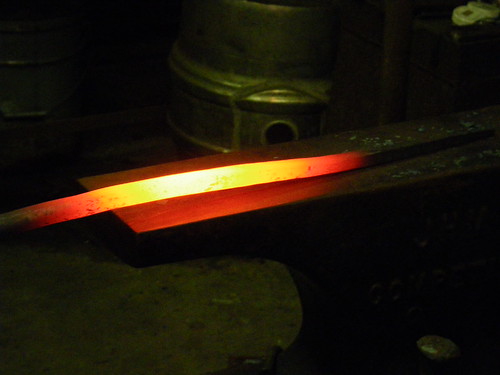
December brought an unusual hard, cold freeze to Skamokawa, with the thermometer reading about 9 degrees F every morning for over a week. I kept the taps running day and night, and even at that I had the water partially freeze up one night. I lucked out and got it thawed and flowing again pretty quickly, and didn’t suffer any broken pipes.
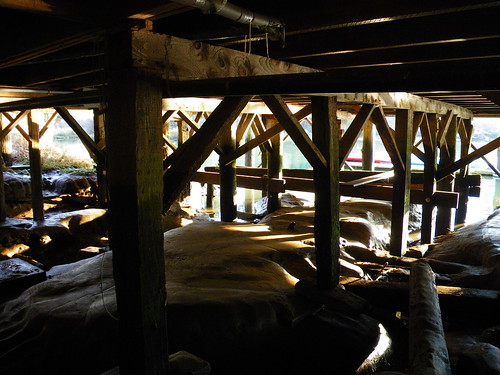
The Skamokawa Center wasn’t so lucky though, and pipes broke in most of the buildings there. At least this time, I didn’t have to fix it all.

After about a week and a half of subfreezing weather, a Pacific front moved in and warmed everything up. So far, we’ve not had a repeat of the snow event from last year. I never even got around to putting the studded tires on the car this year; even the K-M Mountain pass has been clear and bare all winter.
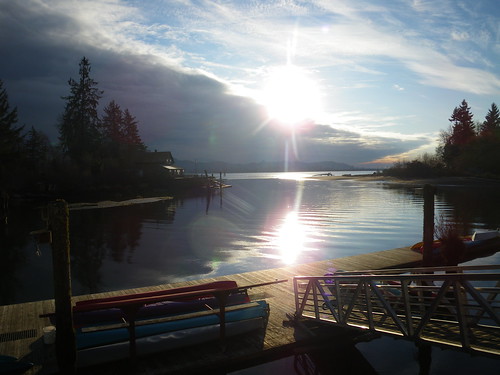
I went out for the Christmas bird count again, on a very cold and windy day. Not very many birds wanted to be out in that weather, but I did my part, and went out to Jim Crow Sands (yes, it is really named that, officially…) and found a pair of Horned Larks for the count.
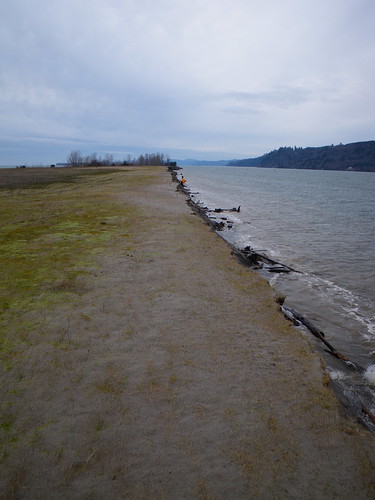
Last month we had a little Burns Dinner at my brother’s house in Seattle. He ordered a haggis from the Swinery, a meat shop in West Seattle and made up a delicious lamb stew, and the traditional neeps and tatties to go with it. Guests each brought a bottle of single malt scotch, and Paul even brought two! Next year we’re thinking of doing it a little bigger, but my brother went so far this year as to recite the “Address to a Haggis” with a reasonable good Scottish accent.
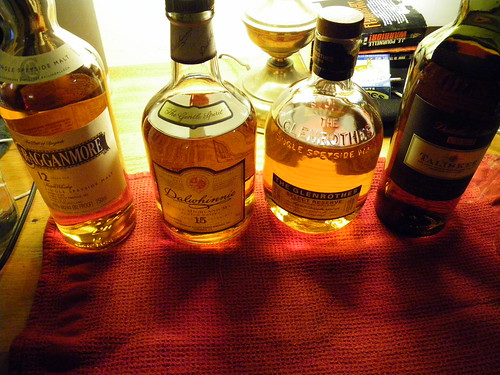
After a very long period of uncertainty, Skamokawa Center was finally foreclosed on by the bank this month, and now the bank is looking to sell it off as quickly as possible. At this point, there doesn’t seem to be a long line of potential buyers waiting for their chance to own a quaint little inn and cafe out in the middle of nowhere. We’re hoping that in the meantime, Columbia River Kayaking can continue to rent and operate the paddle center like we did last year.
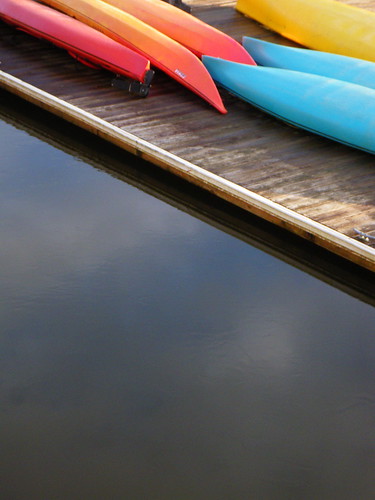
I have always been interested in machining technology. My very first job after high school was working in a machine shop, but I got laid off in the slow winter, and never got back around to that career path. But every now and then I’ll pick up a book or a magazine about machining and read it.
The lathe was the first basic tool of the industrial revolution; with it, you can make all of the other tools: milling machines, shapers, drill presses, etc.
One of my brother’s friends had taken an old lathe and some miscellaneous tools as payment on a debt, and he recently offered it all to my brother and I, so we purchased this 1936 South Bend Model 415 lathe, and a few boxes of tooling and other junk, along with a cheap Chinese drill press converted to milling service. I welded up a heavy steel table for it, and, a few hours at a time, I’ve been cleaning it up, researching its operation and hopefully I’ll be able to turn some metal in it soon.
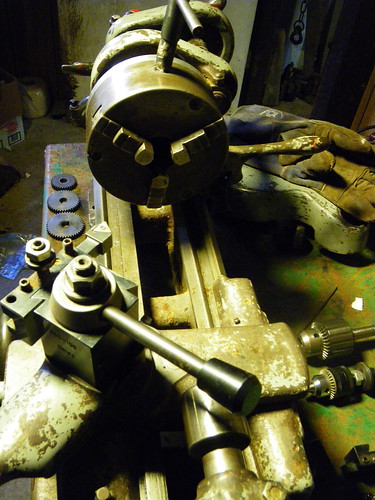

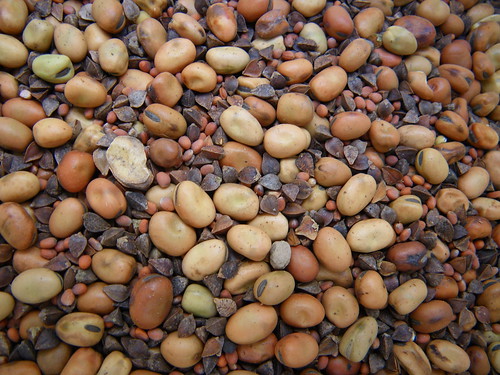
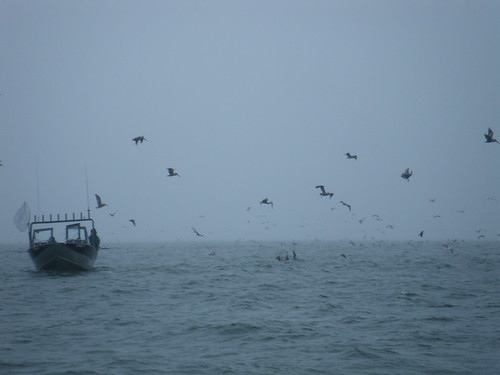
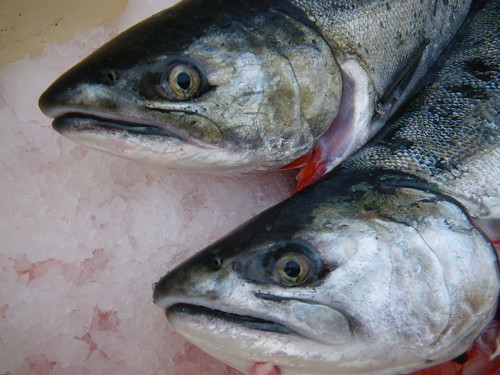



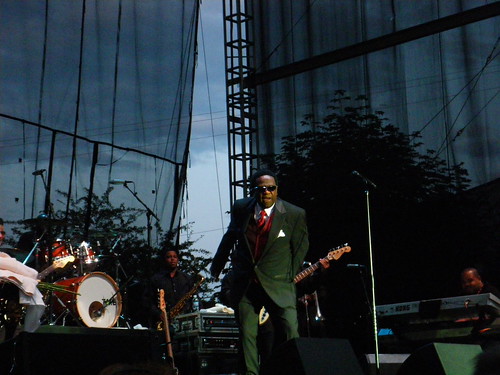
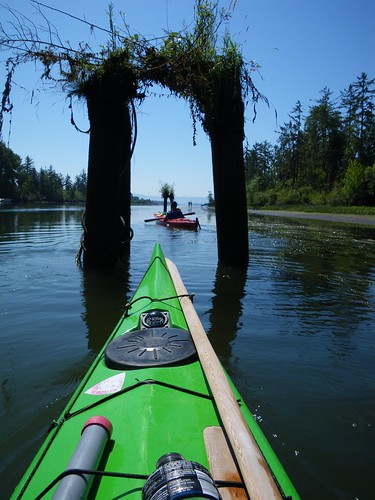



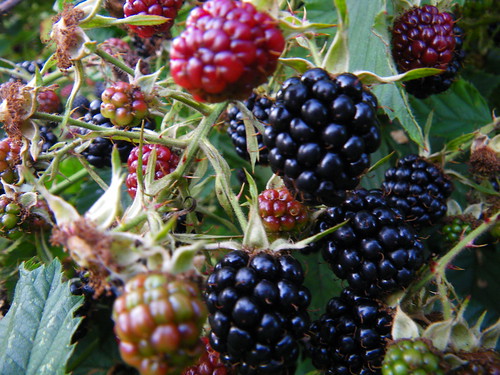
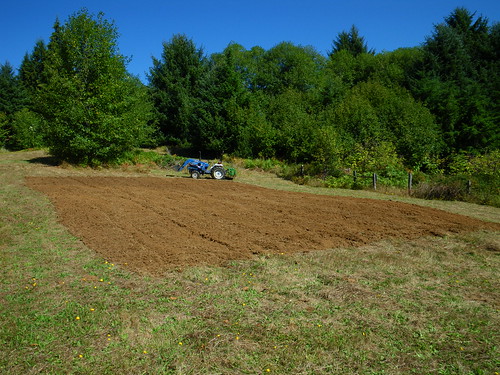
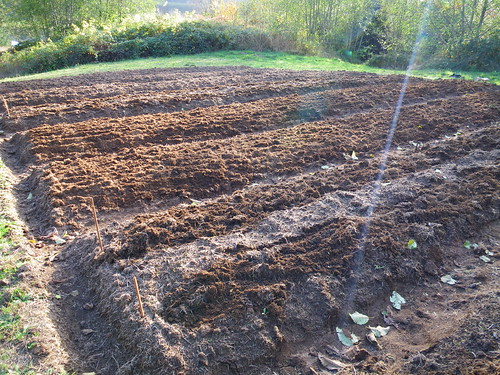
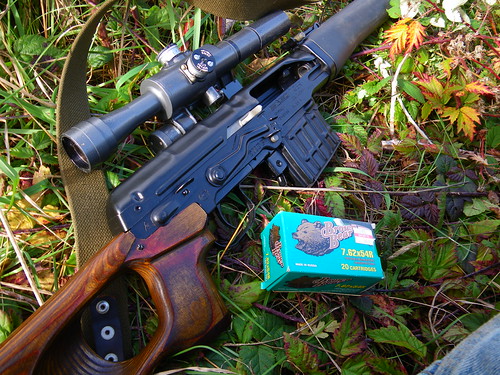
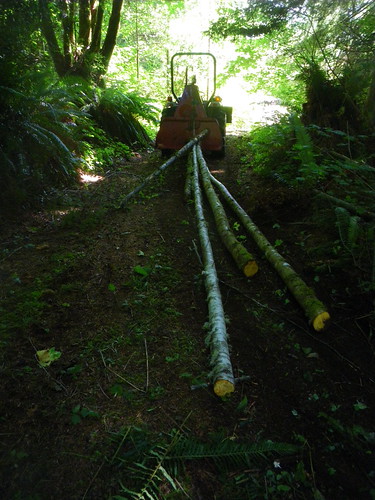

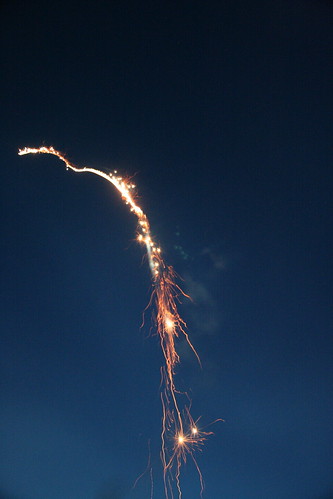

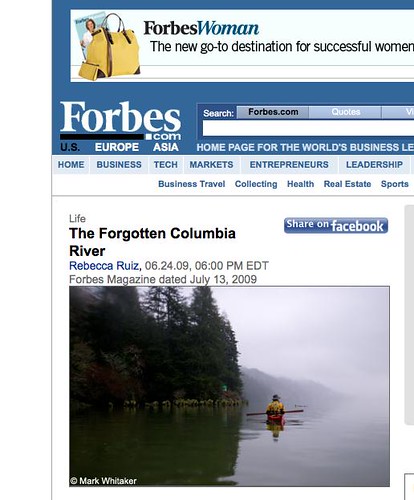
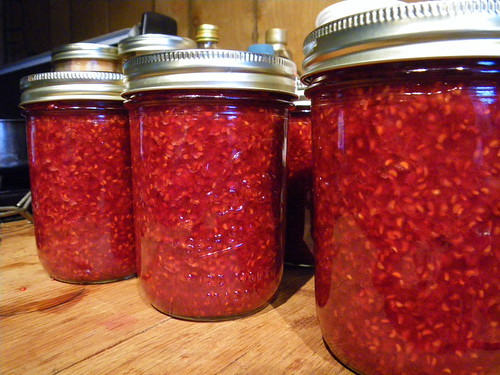
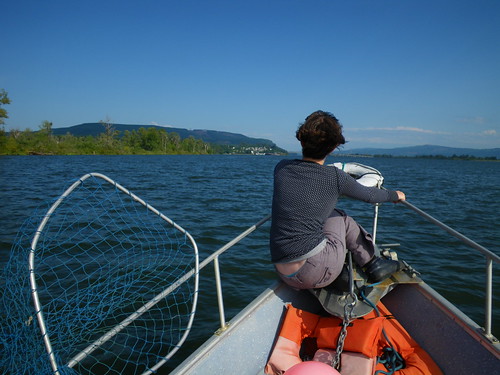
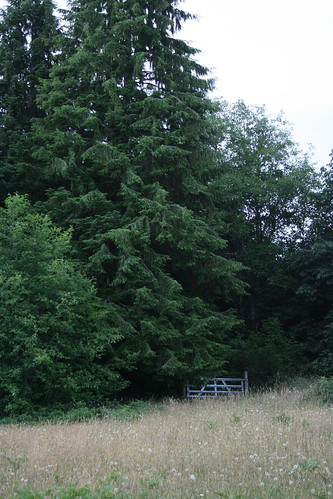
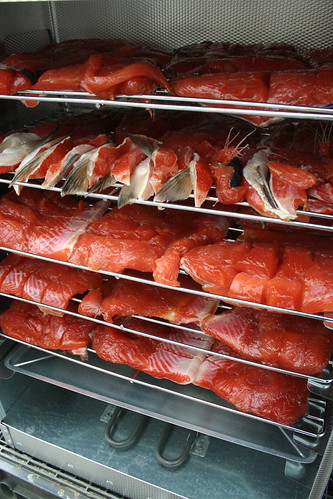
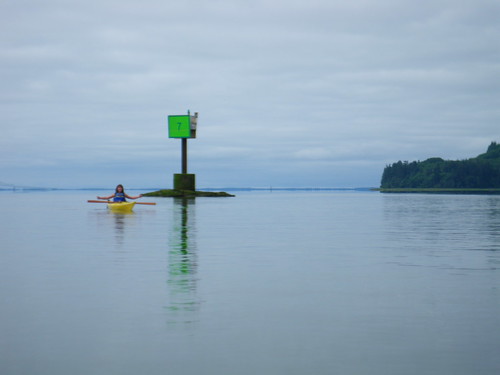
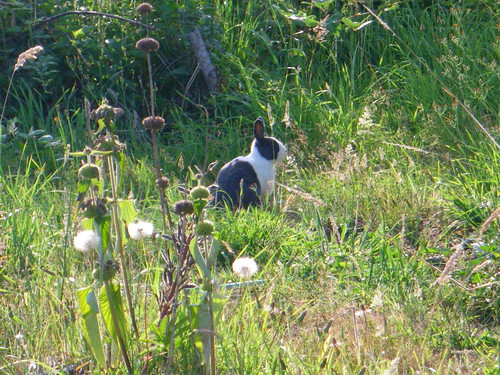
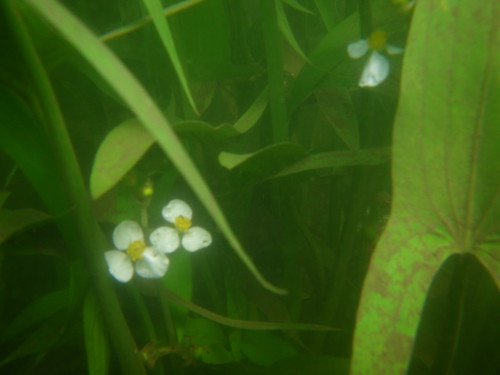

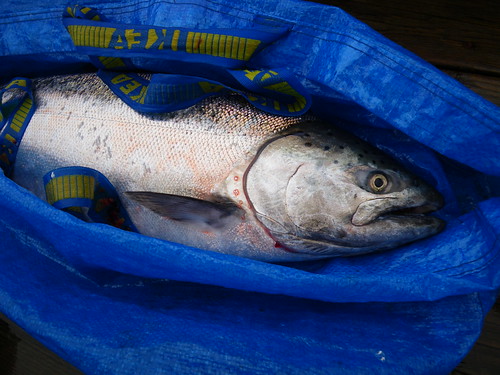
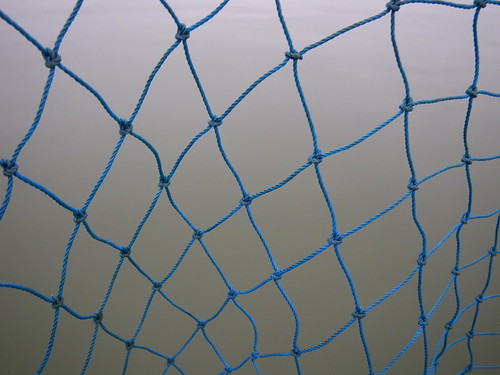
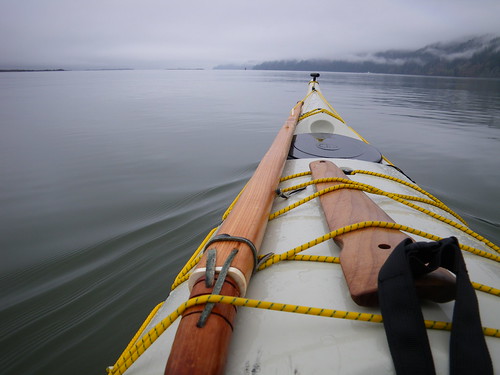
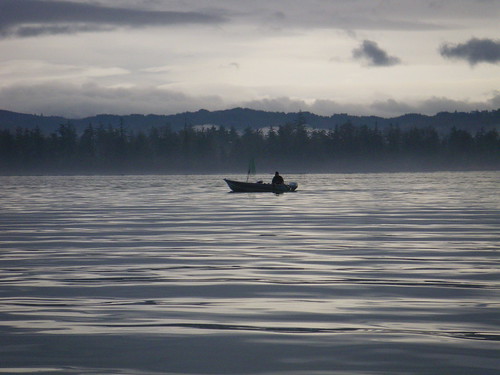
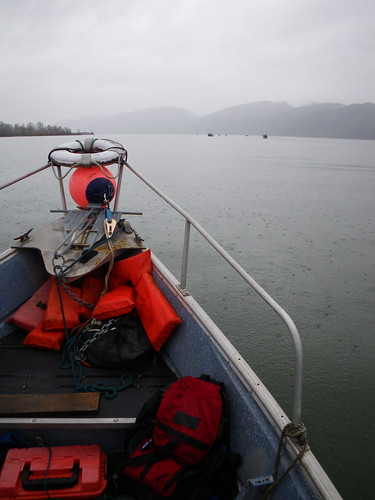
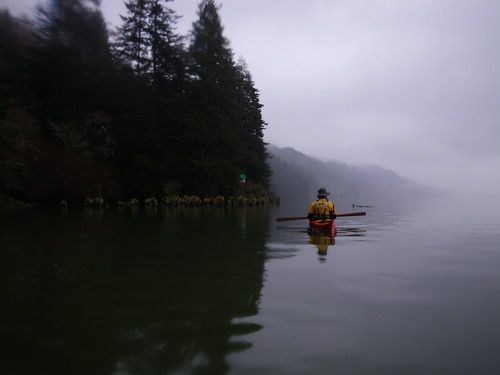
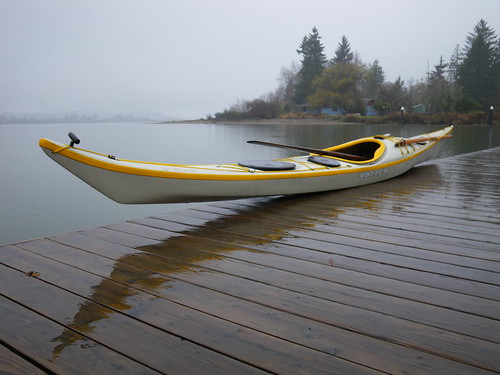
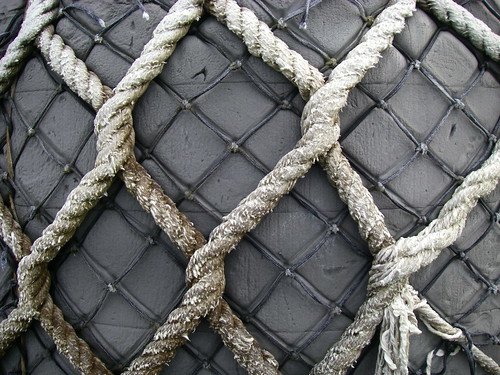

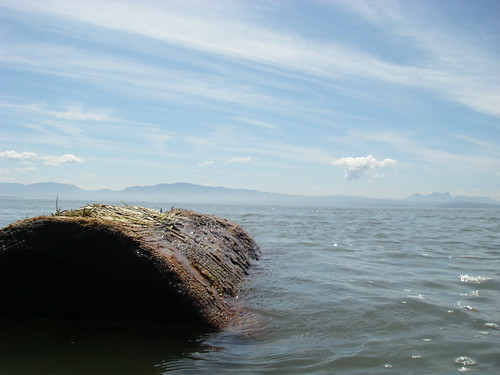
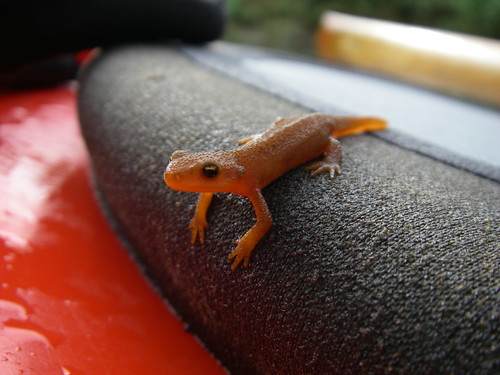
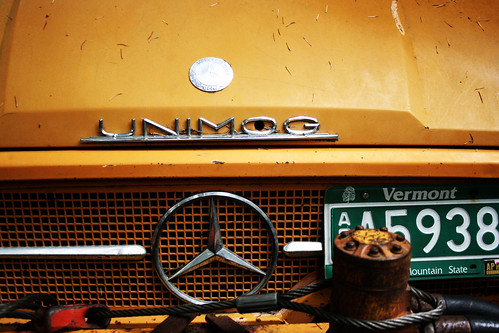
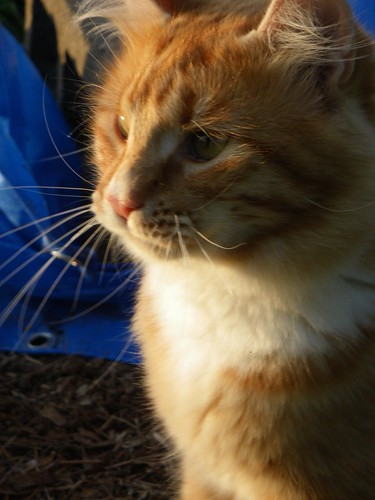
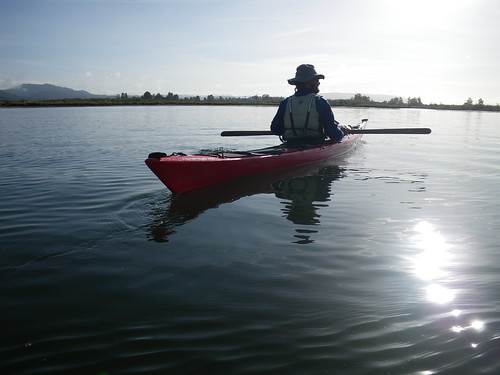
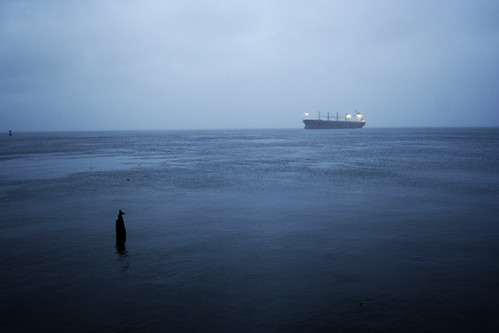
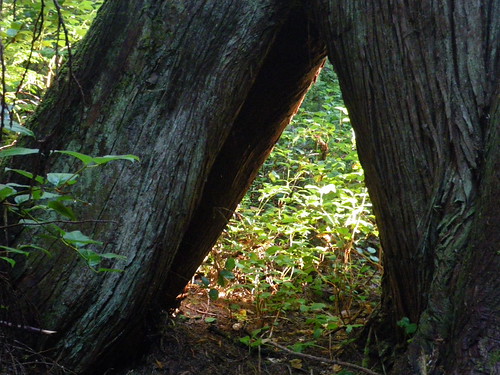
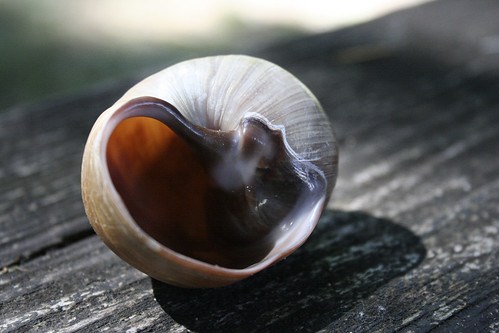
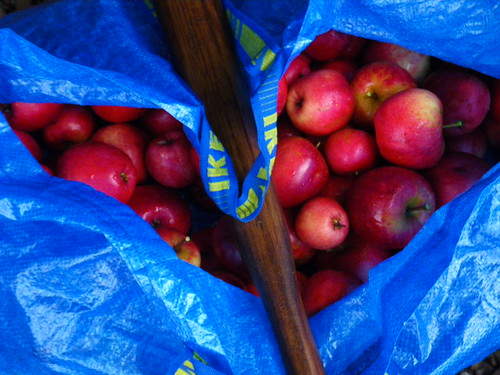
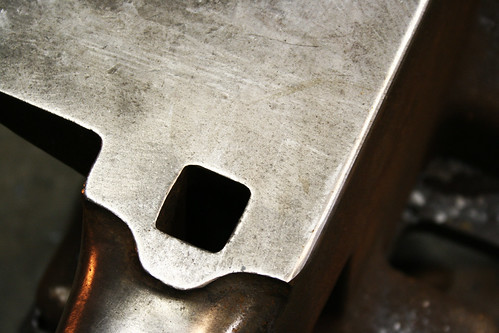
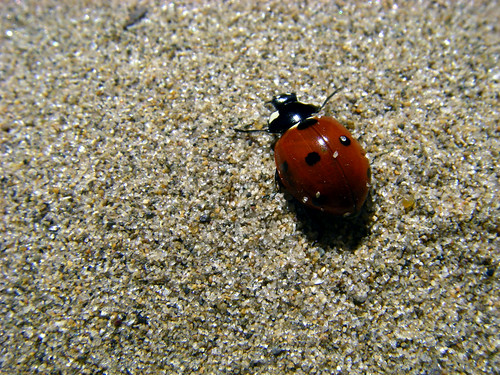
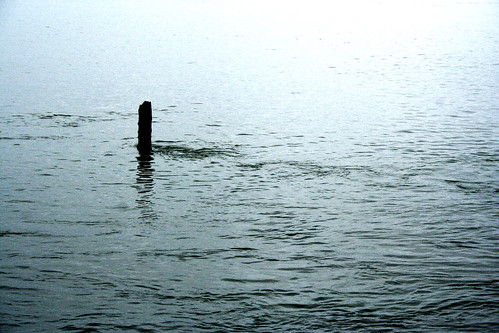

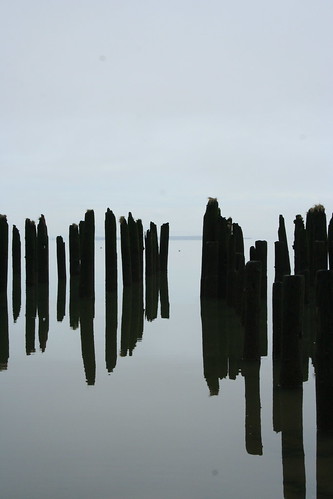
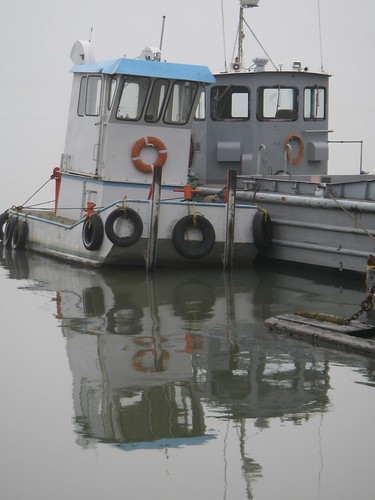


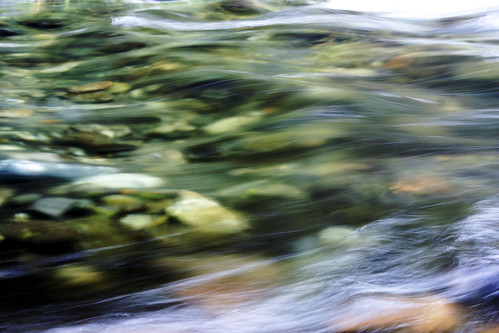
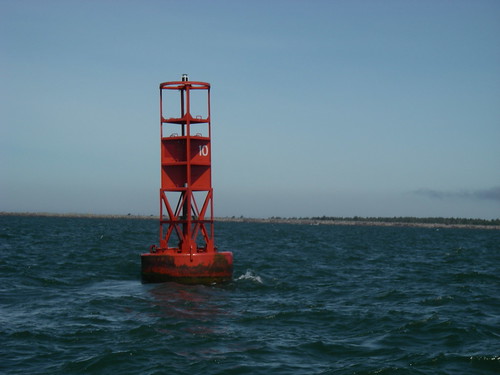
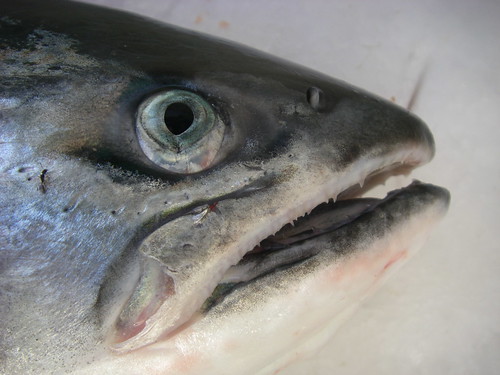
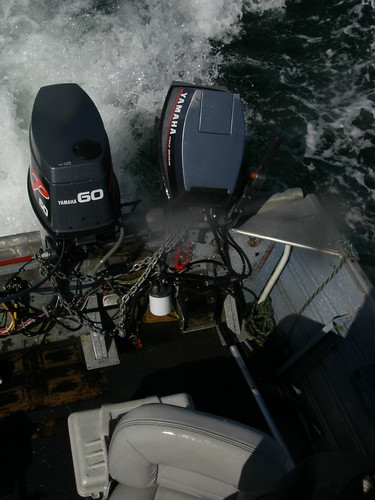

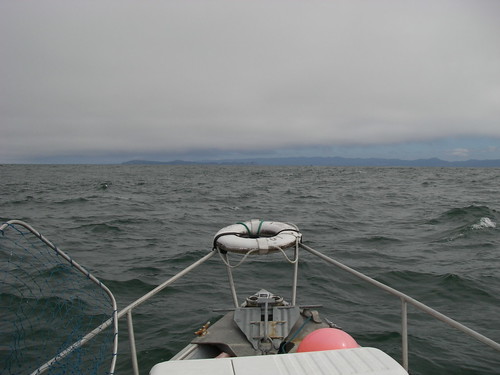

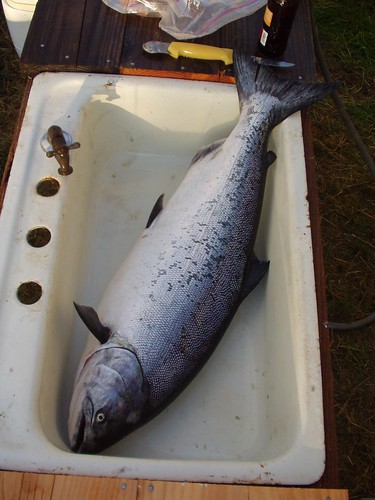
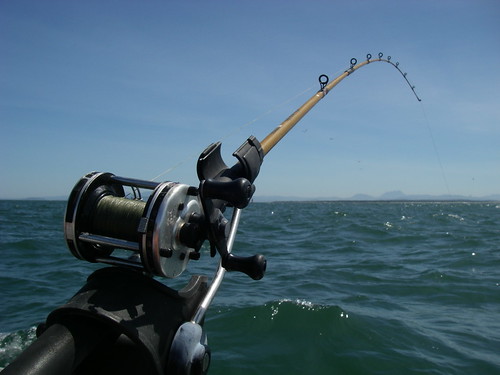


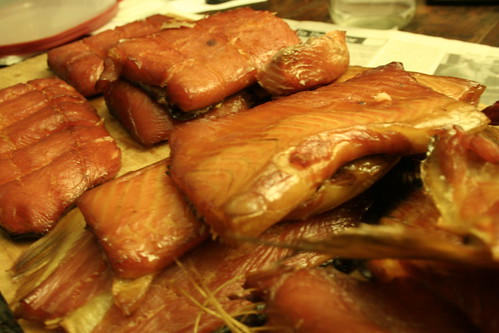
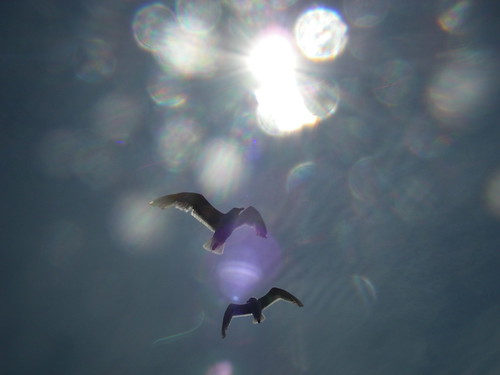
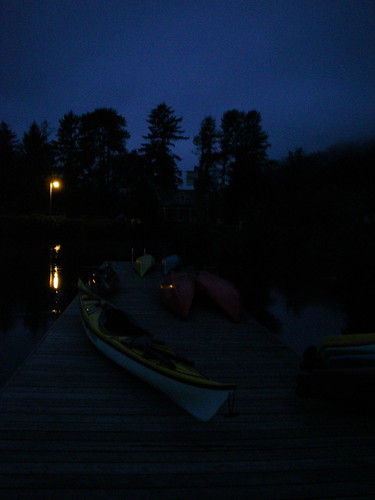

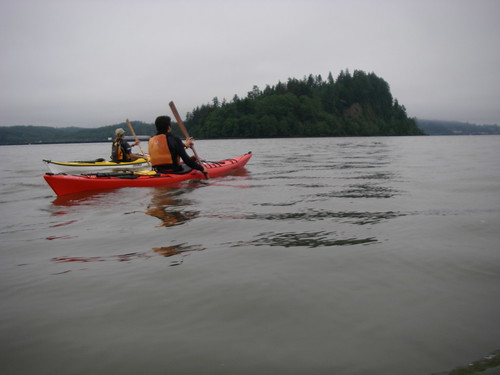


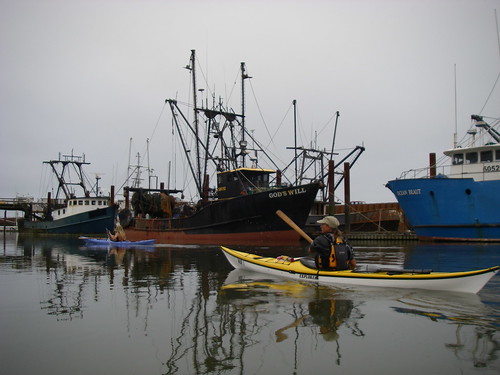
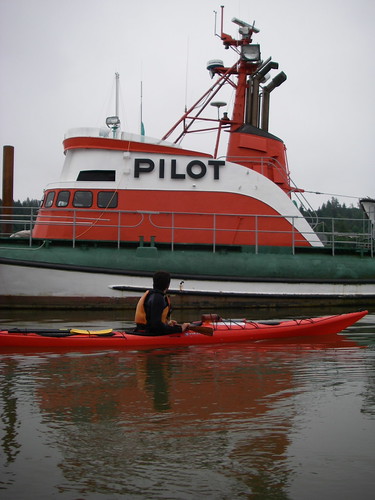
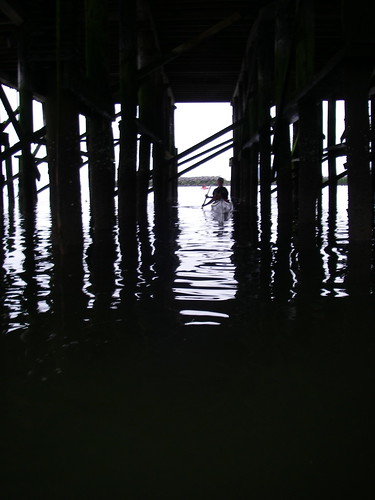
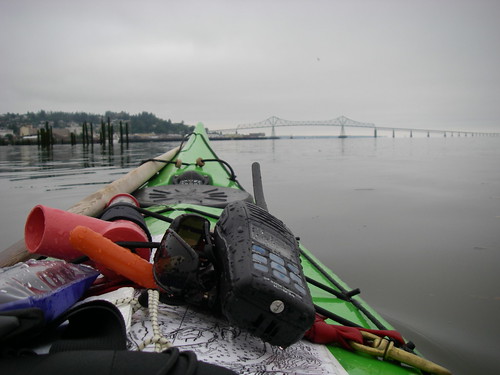

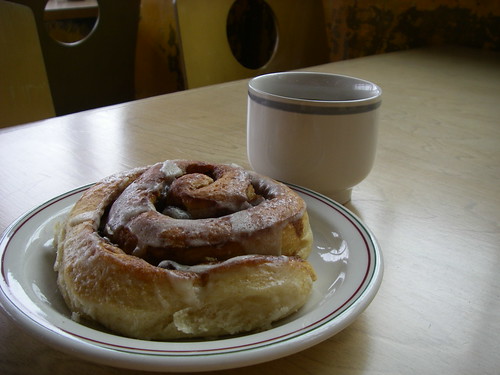
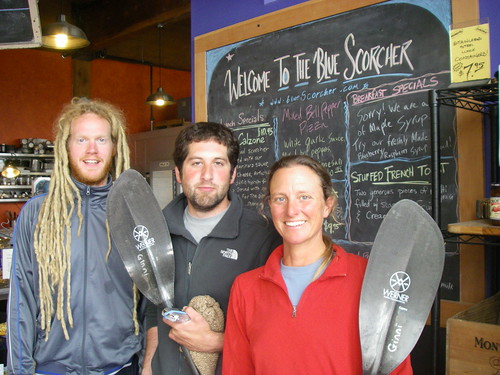
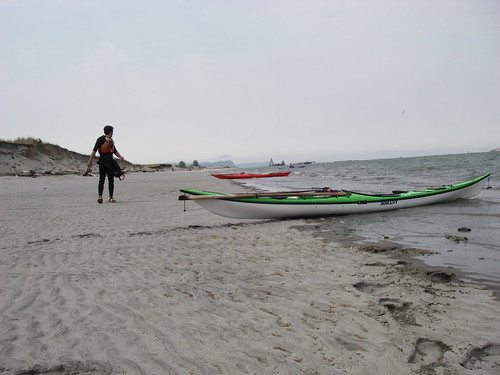





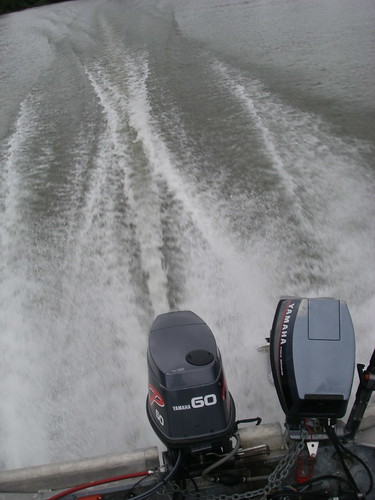

Recent Comments